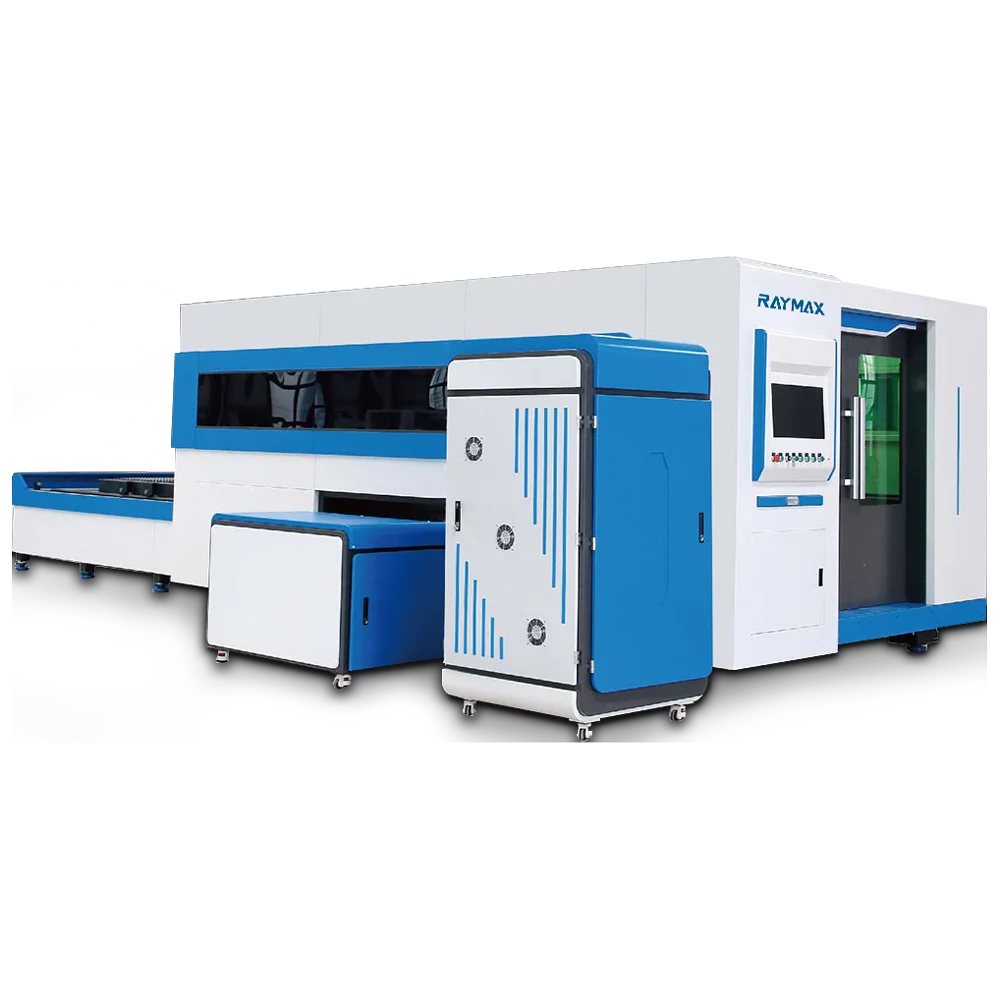Tips for choosing a fiber laser cutting machine
1. Buying Price
- Cost-Benefit Analysis: Evaluate the cost versus the benefits the machine will bring to your business. Consider factors such as increased productivity, reduced labor costs, and improved quality of finished products.
- Financing Options: Look into financing options if the upfront cost is a concern. Some manufacturers or third-party lenders offer leasing or installment payment plans.
2. Material Thickness
- Laser Power and Material Compatibility: The laser power required is directly proportional to the material thickness. For instance, a 1kW laser might handle up to 10mm of mild steel, whereas a 4kW laser can cut up to 25mm.
- Material Variety: Ensure the machine can handle not just thickness but also a variety of materials including reflective metals like aluminum and copper.
3. Part Sizes
- Machine Dimensions: The machine's dimensions should not only accommodate your largest parts but also allow for future expansion. Consider the space needed around the machine for operator safety and part handling.
- Load and Unload Ease: Consider how parts will be loaded and unloaded. Some machines have automated systems that can improve efficiency.
4. Different Models
- Cutting Head Technology: The cutting head is crucial. Look for machines with advanced cutting heads that offer features like automatic focus adjustment and non-contact cutting.
- Beam Quality: High-quality beams result in cleaner cuts. Fiber lasers with a single-mode beam can provide superior cutting quality.
5. The Reputation of The Manufacturer
- References and Case Studies: Ask the manufacturer for references and case studies from businesses similar to yours. This can provide insight into real-world performance and reliability.
- Innovation and R&D: A manufacturer that invests in research and development is more likely to offer cutting-edge technology and continuous improvements.
6. After-sales Service Support
- Service Contracts: Consider purchasing a service contract that includes regular maintenance, prompt repair services, and access to technical support.
- Training and Education: Ensure comprehensive training is provided not just for operation but also for maintenance and troubleshooting.
7. Quality of Components
- Diagnostics and Monitoring: Look for machines with built-in diagnostics and monitoring systems that can predict and alert you to potential issues before they become serious.
- Longevity and Upkeep: High-quality components mean less frequent replacements and lower long-term costs. Ask about the expected lifespan of key components.
Additional Considerations
- Software Integration: The machine should integrate seamlessly with your existing CAD/CAM software to streamline your workflow.
- Energy Consumption: Fiber lasers are generally more energy-efficient than CO2 lasers, but there can be significant differences between models. Look for energy-saving features.
- Safety Certifications: Ensure the machine meets all relevant safety standards and certifications for your region.
- Warranty and Support: A robust warranty and a clear support structure can provide peace of mind and protect your investment.
By focusing on these more detailed aspects, you can make a more informed decision that aligns with your business's specific needs and goals. Choosing the right fiber laser cutting machine is a significant investment, and these considerations will help ensure that it pays off in the form of increased productivity, quality, and profitability.



